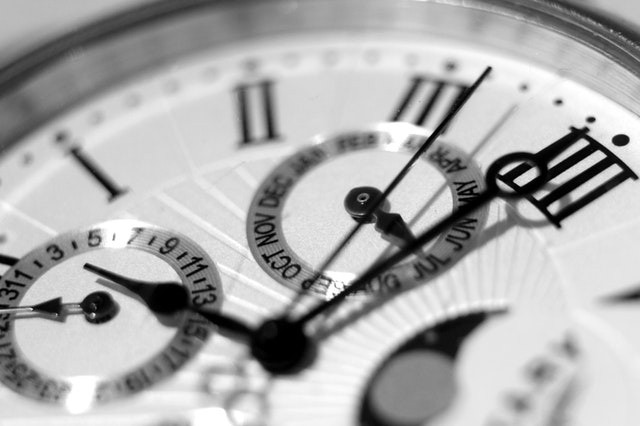Crystals are made of molecules or atoms that repeat in a symmetrical three-dimensional pattern known as a lattice in which the atoms are occupying specific points in space. Everyone has seen a crystal be it a simple grain of sugar or salt, or an elegant and "beautiful," according to a Phys.org report.
By creating a periodic lattice, carbon atoms in a diamond, for instance, are breaking the symmetry of such a space they're sitting in. Physics has called this "breaking symmetry."
Researchers have recently found that a similar impact can be witnessed in time. Essentially, symmetry breaking as its name proposes, can occur only where there exists some sort of symmetry. Furthermore, in the time domain, cyclically charging force or source of energy naturally creates a temporal pattern.
ALSO READ : Korean Artificial Sun Sets a New World Record

'Time Crystals'
Breaking of symmetry takes place when a system driven by such a force is facing a so-called "déjà vu moment," although not with the same period as that of the force.
Time crystals have in the last 10 years, been pursued as a "new phase of matter," and more recently seen under extravagant experimental conditions in isolated systems.
These experiments necessitate very low temperatures or other severe conditions to minimize undesired outside influences also known as noise.
For researchers to earn more about time crystals and apply their potential in technology, they need to look for ways to generate time crystalline states, not to mention keep them stable outside the laboratory.
Photonic Platform
A pioneering study led by UV Riverside and came out recently in the Nature Communications journal has now observed time crystals in a system that's not isolated from its ambient environment.
Such a major achievement brings researchers a step nearer to developing time crystals for utilization in real-world applications.
According to Hossein Taheri, the study's lead author and an assistant research professor of electrical and computer engineering in UC Riverside's Marlan and Rosemary Bourns College of Engineering, when the experimental system has energy exchange with its surrounding, dissipation, and noise are working together for the destroying of temporal order.
The lead author explained, in the photonic platform, the system is striking a balance between loss and gain to form and preserve time crystals.
How the All-Optical Time Crystal is Achieved
The all-optical time crystal is achieved using a disk-shaped magnesium fluoride glass resonator with a one-meter diameter.
When attacked by two laser beams, the scientists observed subharmonic spikes, or frequency stones between two laser beams, that the temporal symmetry's breaking and time crystal's creation.
The URC-led researchers used a method called "self-injection locking" of the two lasers to the resonator to reach robustness against environmental impacts.
Essentially, signatures of this system's temporally repeating state can be readily measured in the frequency domain. Thus, the suggested platform simplifies the research of this new phase of matter.
Allowing Precise Time Measurement
This system, minus the need for a low temperature can be moved outside a complex lab for field employment. One such application could be an extremely accurate measure of time. Since time and frequency are mathematical inverses of each other, preciseness in measuring frequency allows precise time measurement.
As specified in a similar Verve Times report, Taheri explained they hope that such a photonic system can be used in light and compact radiofrequency sources with greater stability, as well as precision timekeeping.
Related information about time crystals is shown on RBS's YouTube video below:
Check out more news and information on Physics in Science Times.









